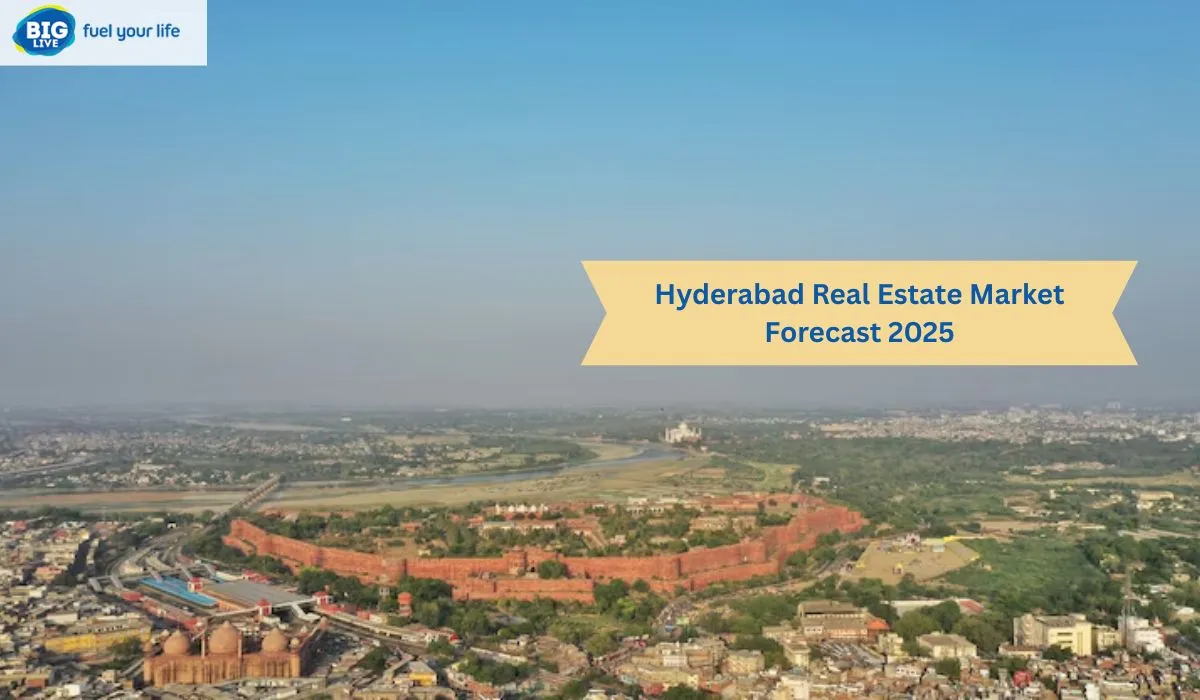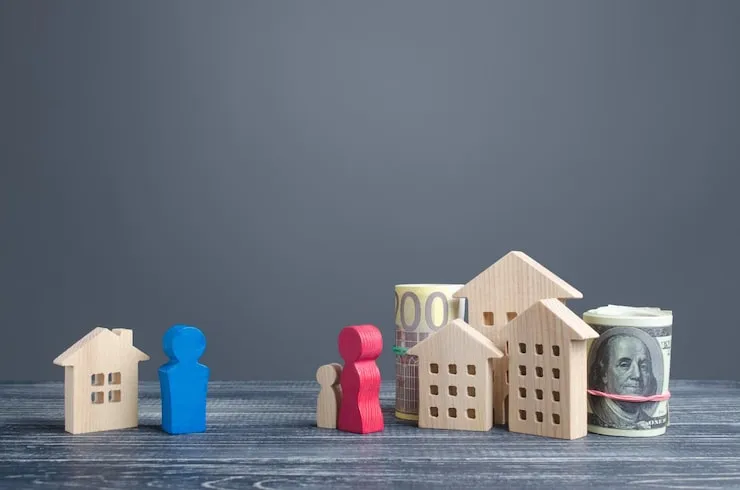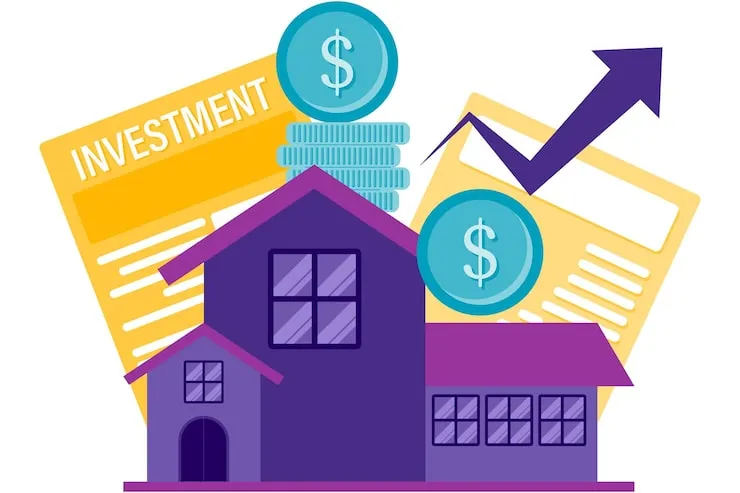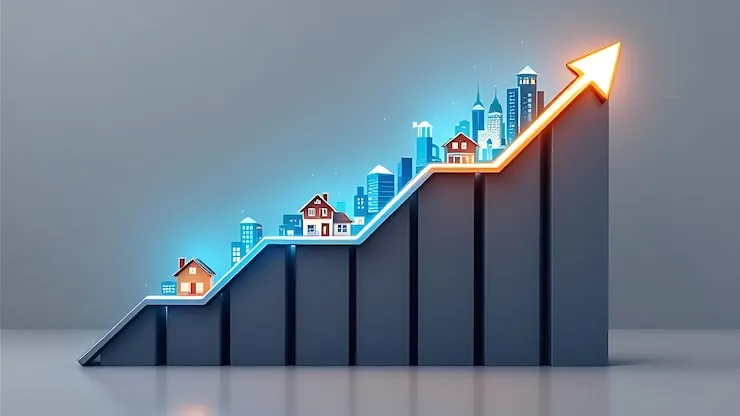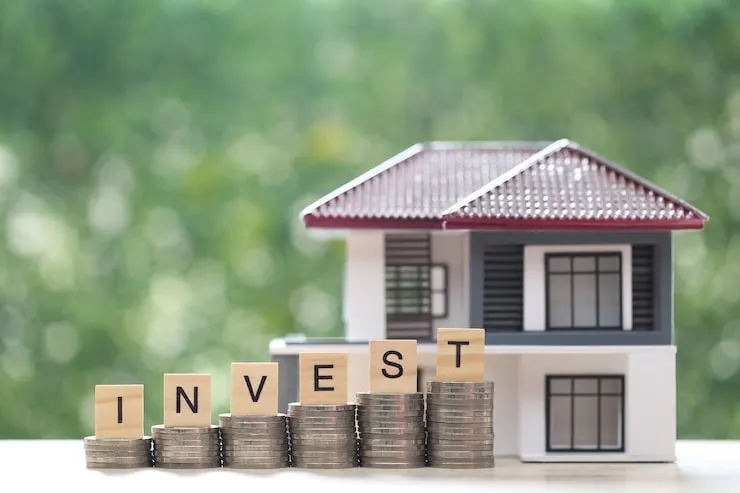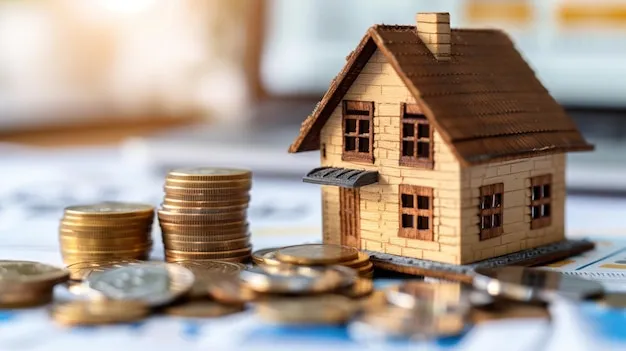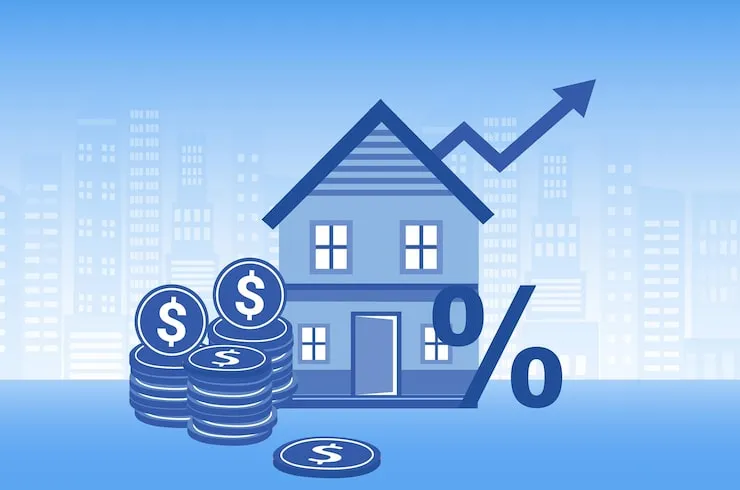If you’re wondering whether it’s the right time to invest in property in Hyderabad, the answer is leaning towards a confident yes. The Hyderabad real estate market forecast 2025 points to steady appreciation in prices, growing rental demand, and lots of buzz in previously overlooked areas. Developers are busy, investors are curious, and buyers are getting in early. The city has been climbing up the real estate charts quietly. While Bengaluru and Mumbai make all the noise, Hyderabad’s market is showing all the right signs—affordability, job opportunities, infrastructure development, and decent returns.
Real Estate Growth in Hyderabad 2025
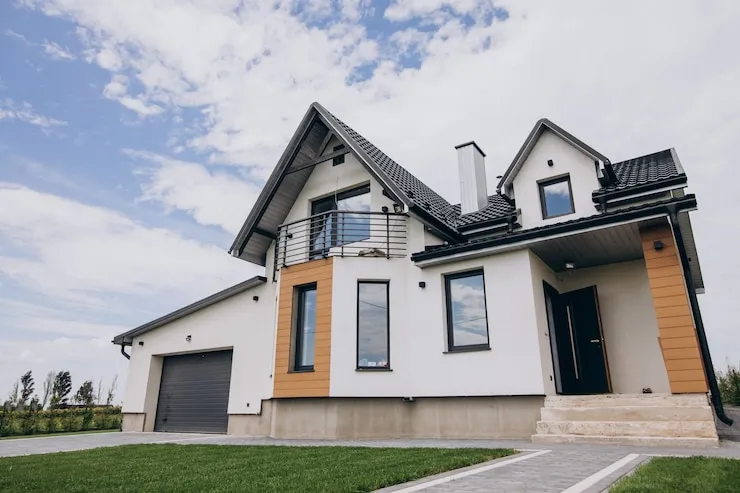
Unlike some cities where prices shoot up too fast and then cool off, the real estate growth in Hyderabad 2025 looks... smoother. That’s a good thing. It’s not driven by hype. The demand is real—people moving in for jobs, families settling down, NRIs looking to park money somewhere stable. Another thing Hyderabad has going for it? Prices still make sense. Compared to Mumbai or Bangalore, you can get a decent 2BHK here without going broke. That alone is pulling in a different kind of buyer—young professionals, small business owners, and early investors who missed the bus in other metros. Developers are keeping things practical too. More gated communities, smarter layouts, better green space planning. Plus, many are focusing on delivery timelines, thanks to RERA oversight. That’s helped build confidence, and it’s one reason the Hyderabad real estate growth rate is healthier than in cities where projects get delayed endlessly.
Read Also: How to Start Real Estate Business in India
What’s Pushing Real Estate Growth in Hyderabad 2025?
Dig a little deeper into the Hyderabad real estate market forecast 2025, and you'll notice something interesting: it’s not just one or two things fueling growth. This isn't just improving travel—it’s changing how people pick where to live. Some of the growth is spilling into new places. Adibatla, for example, wasn’t even on the radar a few years ago. Now? It’s being watched closely by folks looking to grab land before prices shoot up. Places like this might just be part of the future of Hyderabad real estate, where the returns could be surprisingly good over a 3–5 year stretch.
Hyderabad Real Estate Predictions 2025: What the Market Might Look Like
Here’s where it gets interesting. Based on current trends and expert opinions, Hyderabad real estate predictions 2025 suggest that prices in several zones could see 10–14% annual appreciation. Not explosive, but definitely attractive if you’re thinking long-term. The rental scene? It’s evolving fast. People are no longer just looking for houses—they’re looking for smart rentals, flexible leases, even co-living setups. And developers and property managers are responding. There’s a quiet shift toward tech-friendly real estate—online bookings, AI-based pricing, and even virtual home tours. At the same time, commercial property is gaining ground. Large-scale data centers, logistics parks, and financial campuses are in the pipeline. This will attract jobs, which means more people will move in, which again means more houses will be needed. It’s a nice loop. All these things combined paint a very strong picture for the future of Hyderabad real estate. Steady, confident, and getting better with every new infrastructure project.
Best Places to Invest in Hyderabad Real Estate 2025
If you’re serious about investing, you’ll want to know the best places before they get too hot. The best places to invest in Hyderabad real estate 2025 aren’t just the popular zones. It’s the emerging ones that are more interesting.
Tellapur – Still developing, but close to action. Good for mid-budget buyers.
Narsingi – Gaining traction with gated communities and access to the ring road.
Uppal – Thanks to the Metro line, it’s become a smart option for families.
Shamshabad – Close to the airport, plus it’s part of multiple logistics plans.
Kompally – Calm, affordable, and great for long-term land value.
Each of these zones is riding on the back of either job growth, metro access, or government attention. And let’s face it, those are the big three when it comes to smart real estate bets.
Final thoughts
If you’re thinking of buying, renting, or investing, Hyderabad offers a sweet spot. Reasonable prices, good growth potential, and low oversupply. It’s not every day you get that mix in a major Indian city. The Hyderabad real estate growth rate is expected to outpace several metros. The buzz shifting toward its outskirts and tech corridors, 2025 might be one of the best windows to enter this market.
You May Also Like: What Is Ifms In Real Estate In India?
FAQs
Q1: Is it smart to invest in Hyderabad property in 2025?

Yes. Growing IT hubs, better roads and metro lines, stable governance, and still-affordable rates. That’s a rare combo in Indian metros.
Q2: What are the best areas to consider for buying a flat?
Tellapur, Narsingi, Uppal, Kompally, and Shamshabad top the list. They balance the budget with connectivity and long-term value.
Q3: What’s the average growth rate in Hyderabad real estate?
Estimates show a Hyderabad real estate growth rate between 10%–14% annually. Higher in areas close to IT zones or new infrastructure.
Q4: Will I get decent rental income?
Absolutely. A 2BHK in places like HITEC City or Kondapur can earn 25,000–40,000 monthly. Demand is strong due to steady job influx.
Q5: Is Hyderabad’s market better than Bangalore or Mumbai?
In terms of price-to-value ratio—yes. Hyderabad is still more affordable, and cheaper specially in the outskirts
Q6: What changes are expected in real estate by 2025?
More smart housing, green projects, and tech-based property platforms. Also, more investor-friendly policies from the state government.
Q7: Is government policy supportive?
Yes. Telangana’s TS-bPASS and RERA enforcement have made approval and buying processes smoother and more transparent.
Q8: What does the future hold for new buyers?
If you’re a first-time buyer, this could be your moment. Prices are rising but not too steep. 2025 could be your entry point before rates climb higher.



